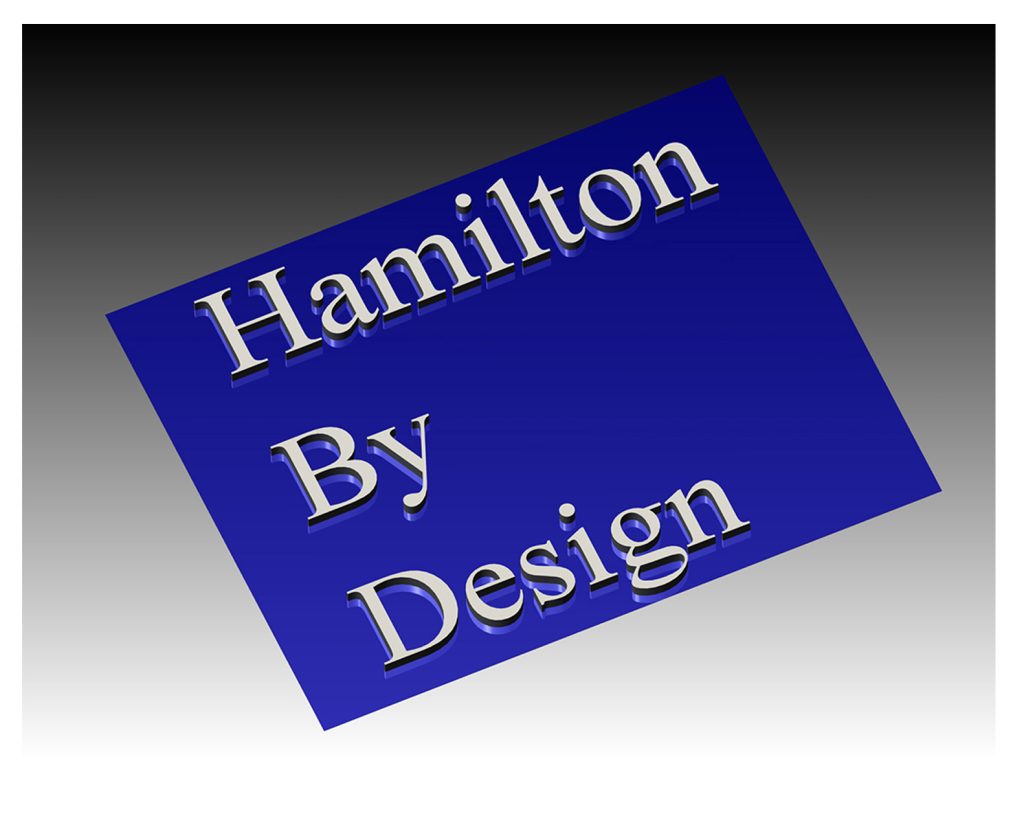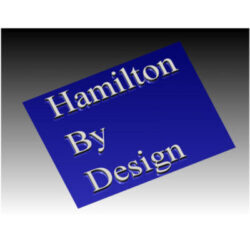Why Both Matter in Mechanical and Structural Engineering
In the fast-paced and high-stakes environment of the Australian mining industry, reliable engineering design isn’t just a competitive advantage — it’s a necessity. Across regions like the Pilbara, Kalgoorlie, the Hunter Valley, Bowen Basin, and Mount Isa, mining operations depend on complex mechanical systems that must perform under extreme loads, harsh conditions, and round-the-clock operation.
To ensure safety, reliability, and performance, mining engineers increasingly rely on advanced simulation tools like Rigid Body Dynamics (RBD) and Transient Structural Analysis (TSA). While these tools might appear similar, they serve fundamentally different purposes in mechanical and structural engineering. Using the right tool at the right time can dramatically reduce downtime, improve equipment longevity, and lower operating costs.
At Hamilton By Design, we bring the latest in engineering simulation and scanning technology directly to your mining operation — wherever you are in Australia. Whether you’re operating in the iron-rich Pilbara, the gold-rich Kalgoorlie, or deep in Mount Isa’s underground hard rock mines, we deliver world-class engineering solutions on-site or remotely.
What is Transient Structural Analysis?
Transient Structural Analysis (TSA) is a Finite Element Analysis (FEA) technique that models how structures respond to time-varying loads. It provides insights into:
- Displacement and deformation under dynamic loads
- Stress and strain distribution over time
- Vibrations and impact response
- Fatigue life prediction
This type of simulation is essential when you’re dealing with high-frequency loading, shock events, or long-term structural wear and fatigue. TSA is invaluable for assessing risk in static and semi-dynamic systems across mining sites.
Typical TSA applications in mining include:
- Vibrating screens and feeder structures
- Crusher housings and foundations
- Chutes and hoppers exposed to high-velocity ore impact
- Structural skids for processing equipment
- Equipment subject to cyclic fatigue (e.g., slurry pumps, reclaimer arms)
What is Rigid Body Dynamics?
Rigid Body Dynamics (RBD) focuses on the motion of bodies under the assumption they do not deform. This tool models:
- Position, velocity, and acceleration
- Reaction forces at joints and actuators
- Dynamic behaviour of moving parts and linkages
- Contact, impact, and frictional interaction
Unlike TSA, RBD doesn’t solve for stress or strain. Instead, it calculates the kinematics and kinetics of motion systems — making it ideal for analysing mechanical assemblies where movement, timing, and loads are key.
Common RBD applications in mining include:
- Stacker-reclaimer arms and boom articulation
- Mobile equipment with hydraulic or mechanical actuators
- Diverter chutes and gating systems
- Rockbreaker arm kinematics
- Conveyor take-up and tensioning systems
RBD also plays a pivotal role in process optimisation and troubleshooting — helping engineers simulate how mechanisms will respond under load, ensuring operational efficiency before physical prototypes are built.
Why TSA Can’t Replace RBD (and Vice Versa)
While TSA includes rigid body motion as part of the total displacement field, it is not designed for efficient or accurate motion simulation. Trying to model the dynamics of a moving mechanism in TSA can:
- Lead to slow solve times and high computational cost
- Produce unstable results due to unconstrained motion
- Provide limited insight into timing, velocity, or actuation behaviour
Conversely, using RBD for structures that flex, vibrate, or wear over time won’t give you the data needed to assess material failure or fatigue.
The takeaway? Use TSA when deformation matters. Use RBD when motion matters. Use both when you need the complete picture.
Regional Applications Across Australian Mining
Hamilton By Design supports clients across Australia’s mining regions with tailored simulation services designed to meet real operational needs.
⚫ Pilbara – Iron Ore
With high-capacity iron ore operations, this region depends on large-scale materials handling systems.
- Use RBD to simulate boom movement, slewing systems, and travel paths of stackers.
- Use TSA to assess fatigue on booms, rail frames, and conveyor supports exposed to cyclic load.
Hamilton By Design helps model these systems efficiently, ensuring both accurate motion control and structural durability. Contact us for help simulating your Pilbara handling systems.
💛 Kalgoorlie – Goldfields (Eastern Gold Region)
Gold operations rely on compact, high-force machinery in confined processing facilities.
- Use TSA to simulate vibration-induced stress in equipment frames and foundations.
- Use RBD to model diverter gates, hydraulic arms, and transport carts in processing facilities.
Whether you’re retrofitting a plant or building a new line, Hamilton By Design provides flexible support wherever you operate. Email sales@hamiltonbydesign.com.au to learn more.
⚫ Hunter Valley – Coal (Thermal)
Thermal coal operations in NSW require robust, wear-resistant infrastructure.
- RBD helps simulate automated diverters, boom stackers, and actuated gates.
- TSA ensures the wear-prone chutes and hoppers withstand repetitive impacts.
We provide quick-turn simulations for both brownfield and greenfield projects. Get in touch to scope your simulation needs.
⚫ Bowen Basin – Coal (Metallurgical)
Queensland’s met coal operations power the global steel industry.
- RBD enables accurate simulation of take-up systems and longwall motion.
- TSA supports design of structural supports under repetitive and impact loading.
Our experts work with surface and underground operators, reducing risk through advanced motion and stress analysis. Request a quote at sales@hamiltonbydesign.com.au.
🔵 Mount Isa – Hard Rock Mining
Mount Isa’s deep and abrasive ore bodies test every piece of equipment.
- RBD is ideal for simulating rockbreaker motion, loader paths, and mobile assets.
- TSA provides insights into vibration effects on headframes, bins, and fixed plant.
Hamilton By Design offers full analysis support for operators in remote locations. Contact us today for tailored advice.
When to Use Both Tools Together
A real advantage emerges when RBD and TSA are used in combination:
- RBD identifies dynamic forces and timing on moving parts
- TSA then evaluates the structural response to those forces
For example, in a diverter chute:
- RBD determines the acceleration profile, impact forces, and system timing.
- TSA uses that input to analyse whether the chute will survive years of repeated service.
This integrated approach results in more accurate models, fewer design revisions, and significantly lower project risk.
Why Work with Hamilton By Design?
As mechanical engineering consultants with national reach, Hamilton By Design offers:
- Combined RBD and TSA simulation capability
- Lidar scanning and digital plant modelling
- Experience with mining-specific assets and constraints
- Mobile, responsive teams that bring technology to you
From site scoping to final design verification, we help our clients solve the right problem, the right way.
Have a project in mind? Reach out via our contact page or email sales@hamiltonbydesign.com.au.
Conclusion: Technology That Moves With You
Rigid Body Dynamics and Transient Structural Analysis are not interchangeable — they are complementary. Each method offers unique insights into how a mining system performs — whether moving, flexing, vibrating, or carrying tonnes of ore.
At Hamilton By Design, we believe engineering technology should move as fast and far as our clients do. That’s why we bring simulation, scanning, and design tools directly to you, wherever you operate across Australia.
If your system moves, simulate it with RBD. If your structure flexes, vibrates, or wears, model it with TSA. For full insight? Use both.
Let us help you design smarter, safer mining systems.
Hamilton By Design – Bringing Engineering Technology to You, Wherever You Are in Australia

www.hamiltonbydesign.com.au/contact-us
Email: sales@hamiltonbydesign.com.au
Hamilton By Design | Mechanical Drafting | Structural Drafting | 3-D Lidar Scanning

